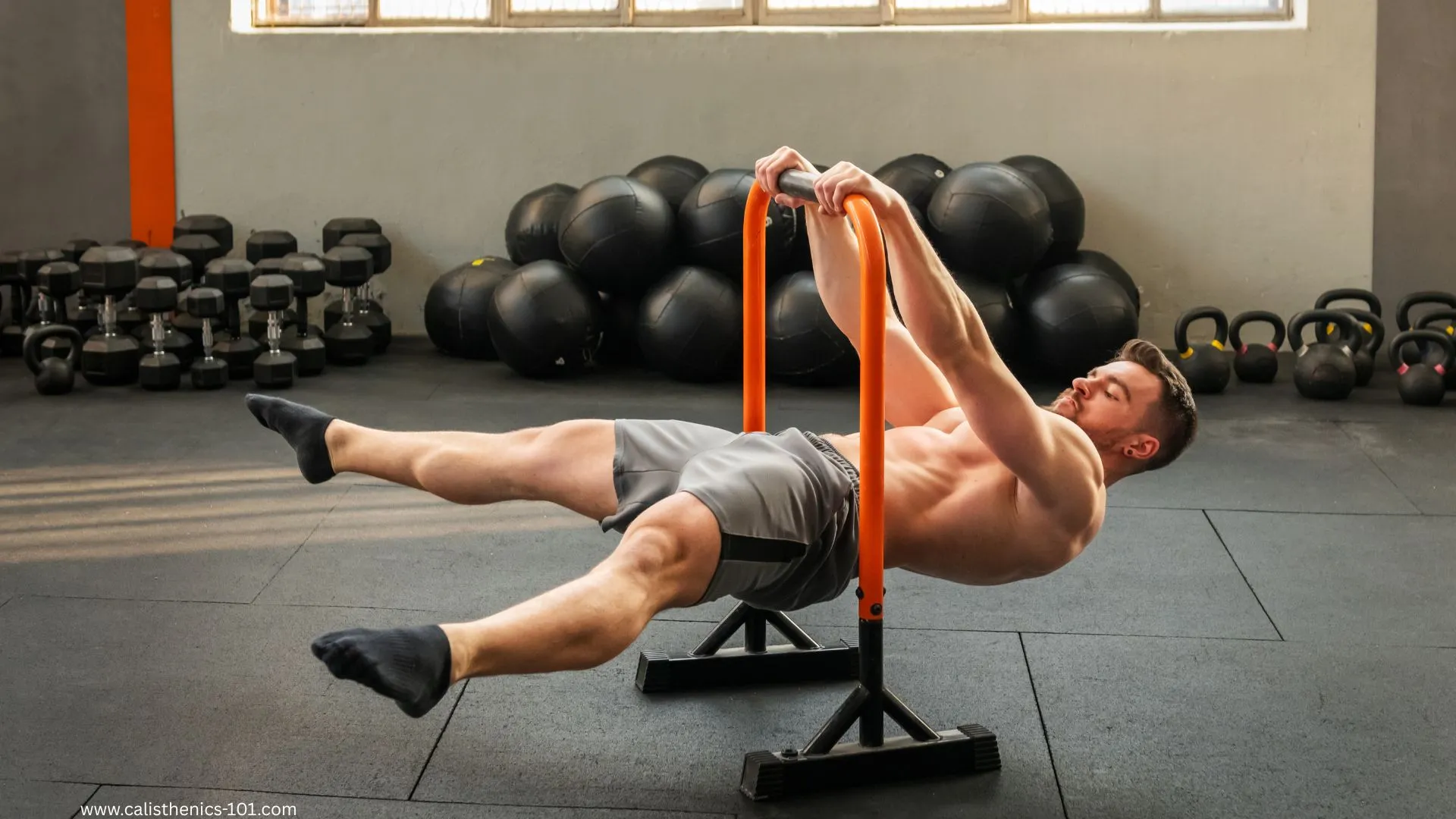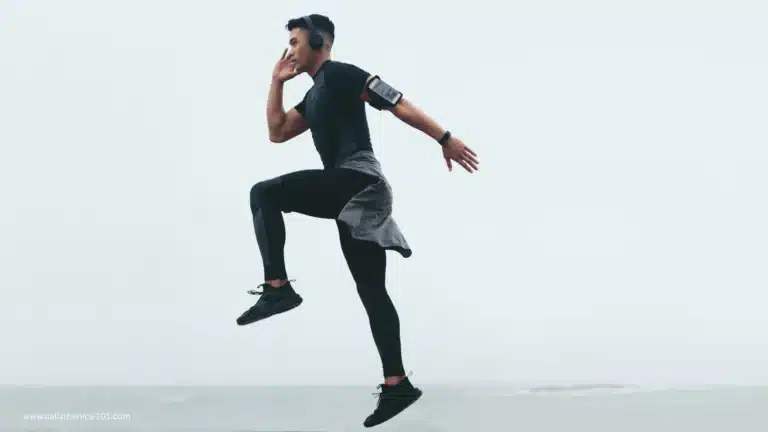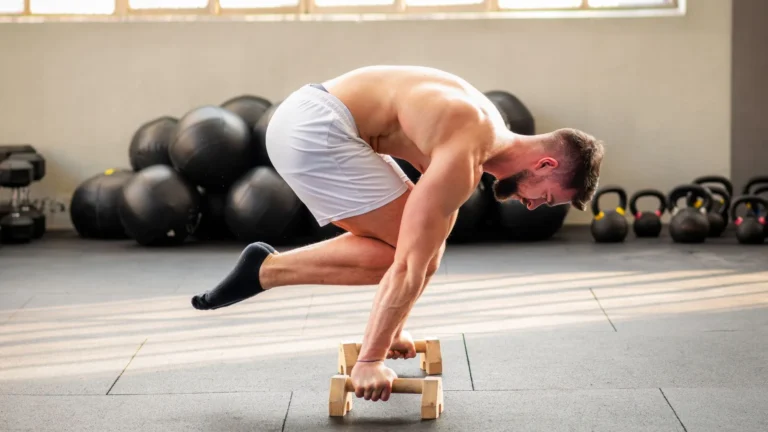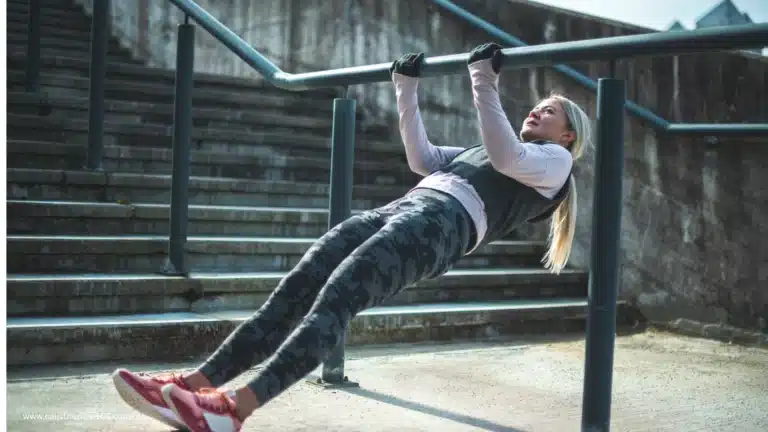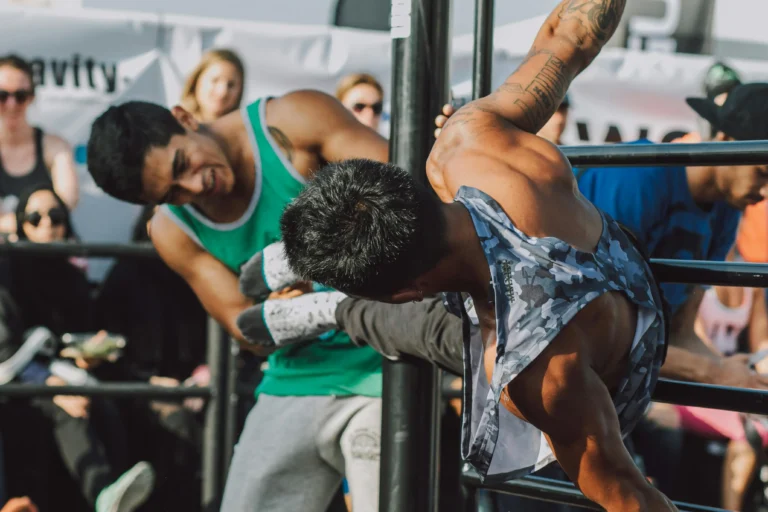7 Tips to Master the Front Lever Fast: Unlock Your Calisthenics Potential
If you’ve ever seen a calisthenics athlete suspended in mid-air, holding a front-lever with ease, you know just how impressive it looks. The front-lever is one of the most difficult and rewarding skills to master in the world of bodyweight training. Achieving this gravity-defying move requires a combination of core strength, back power, and the right technique. If you’re ready to take your training to the next level and want to master the front-lever faster, you’re in the right place. In this article, we’ll explore seven essential tips that will help you achieve your front-lever goal with efficiency and confidence.
1. Build a Solid Foundation with Core Strength
Your core is the foundation of the front-lever. Without a strong core, you won’t have the stability or strength required to hold your body horizontally. Think of your core as the anchor that holds everything together. To start, you’ll need to focus on strengthening your abs, obliques, and lower back.
Core Exercises to Focus On:
- Plank Holds: Hold a plank for time, keeping your body straight and engaging your core.
- Hollow Body Holds: A key exercise for developing the tension needed in a front-lever.
- Leg Raises: Lie on your back and raise your legs, focusing on keeping your lower back flat to the floor.
- L-Sits: Sit on the floor with your legs straight in front of you, lifting your body off the ground.
These exercises target the muscles that will allow you to stabilize your body during the front-lever hold. Make them a part of your regular training routine.
2. Train Progressively with Front Lever Variations
To achieve the front lever quickly, you must progress through stages. Jumping straight into the full front lever might overwhelm your muscles and lead to frustration. Instead, start with easier variations and build strength gradually.
Progressive Stages to Master:
- Tuck Front Lever: Start by tucking your knees to your chest while holding the bar. This is the foundational move.
- Advanced Tuck Front Lever: As you get stronger, extend your legs slightly while keeping your knees bent.
- Full Front Lever: Once you can hold the advanced tuck for a longer period, slowly begin extending your legs fully until you can hold the full front lever.
Progression is essential because it allows you to build strength at a pace that your body can handle, minimizing the risk of injury and ensuring steady improvement.
3. Focus on Grip Strength
Your grip strength plays a crucial role in your ability to perform a front lever. A weak grip can prevent you from holding the position for long enough to build the necessary strength and endurance. Focus on improving your grip to keep your body in the front lever position longer.
Grip Strength Exercises to Try:
- Dead Hangs: Hang from a pull-up bar for as long as possible, focusing on gripping tightly and engaging your shoulders.
- Pull-ups: Perform pull-ups with various grips (overhand, underhand, neutral) to increase your overall grip strength.
- Farmer’s Walks: Walk with heavy dumbbells in each hand to build both grip strength and endurance.
By improving your grip, you’ll find it easier to perform the front lever, and you’ll be able to hold the position longer as you progress.
4. Incorporate Scapular Engagement
Scapular engagement is key for stabilizing your body during the front lever. Without proper scapular control, you’ll struggle to hold your body horizontally. Scapular engagement involves activating the muscles around your shoulder blades to create stability and prevent sagging.
How to Engage Your Scapula:
- Scapular Pull-ups: Hang from the bar and focus on pulling your shoulder blades down and together, without bending your elbows.
- Active Hangs: Hang from the bar with your arms straight, focusing on keeping your scapula engaged the entire time.
- Shoulder Shrugs: While hanging, perform shoulder shrugs to activate the muscles around your scapula.
Scapular engagement helps you maintain proper alignment and avoid using excess energy, making it easier to hold the front lever.
5. Build Back and Lat Strength for Stability
A strong back, particularly your lats, is essential for mastering the front lever. When you’re holding the position, your lats act as stabilizers, helping you keep your body in alignment. Building lat strength will allow you to maintain a stable position and prevent your body from sagging.
Back and Lat Exercises to Include:
- Pull-ups (Wide Grip): Pull-ups target your lats and build upper body strength for holding the front lever.
- Inverted Rows: These rows work the upper back and help with shoulder stability.
- Lat Pulldowns: Use the machine to strengthen your lats and improve control over your body in the front lever position.
Incorporating these exercises into your training will enhance your back strength and make it easier to hold the front lever with stability.
6. Utilize Proper Nutrition for Optimal Performance
Nutrition plays a crucial role in building strength and aiding recovery, both of which are necessary for mastering the front lever. A balanced diet will ensure your muscles have the nutrients they need to repair and grow after each workout.
Nutrition Tips for Strength:
- Protein-Rich Foods: Include lean meats, eggs, and plant-based protein sources to support muscle repair.
- Carbohydrates for Energy: Incorporate complex carbs like oats, brown rice, and sweet potatoes for sustained energy during workouts.
- Hydration: Stay hydrated to maintain peak performance and prevent muscle fatigue during your training sessions.
Good nutrition will support your training and ensure you have the strength and endurance to progress in your front lever journey.
7. Consistency is Key: Stay Patient and Track Progress
Mastering the front lever doesn’t happen overnight. It takes time, dedication, and consistent effort. It’s essential to stay patient and focus on incremental progress. Tracking your progress will also help you stay motivated and see improvements over time.
Ways to Track Your Progress:
- Training Journals: Keep a log of your workouts, noting the variations you’ve performed and the time you’ve spent holding each position.
- Apps: Use training apps that allow you to record your sets, reps, and progress toward your front lever goal.
- Video Analysis: Record yourself performing the front lever variations and assess your form to ensure you’re making the right progress.
Tracking your progress will help you stay focused on your goal, and it will remind you that consistent effort leads to results.
Conclusion
Mastering the front lever is no easy feat, but with the right approach and consistent effort, you can achieve this challenging skill faster than you might think. Focus on building a solid foundation of core strength, progressively train with different front lever variations, improve your grip and back strength, and stay patient throughout the process. Nutrition and tracking progress will further ensure that you’re on the right path to success.
Stay committed, and remember that each small improvement brings you closer to your goal. Keep pushing, and soon you’ll be able to hold that front lever with pride.
FAQ Section
Q1: How long does it take to master the front lever?
The time it takes to master the front lever varies depending on your starting point, strength level, and consistency. On average, it can take anywhere from several months to a year or more for most people to achieve the full front lever.
Q2: What is the most common mistake when training for the front lever?
One of the most common mistakes is rushing through progressions. Trying to jump straight into the full front lever without mastering the foundational variations first can lead to frustration and injury.
Q3: Can I achieve the front lever without a pull-up bar?
While a pull-up bar is essential for practicing the front lever itself, you can still train other muscle groups needed for the move without one. Focus on core exercises, back and lat strength, and scapular engagement to prepare your body.
Call to Action:
Ready to take on the challenge and master the front lever? Start incorporating these tips into your workout routine and track your progress. Consistency is key, and with the right dedication, you’ll soon achieve your front lever goal. Keep pushing your limits!

